Blog Posts Tagged Technical Content

Part 2: Model a Linear Electromagnetic Plunger with a Blocker
Learn how to model a linear electromagnetic plunger with an actuator that includes a blocker/stopper to restrict linear motion. Part 2 of a blog series on modeling electromagnetic devices.
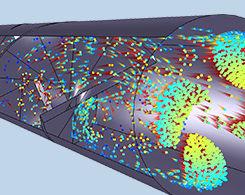
Evaluating Static Mixer Performance with a Simulation App
In this blog post, we go over the setup of an app designed to quantitatively and qualitatively analyze the performance of a static mixer using the Particle Tracing Module.
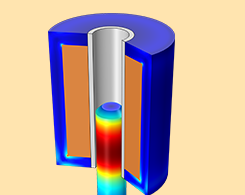
Part 1: How to Model a Linear Electromagnetic Plunger
Learn how to model a linear electromagnetic plunger in COMSOL Multiphysics®. Part 1 of a blog series on modeling electromagnetic devices.

Optimizing Phased Array Antenna Designs for 5G and IoT with Apps
Phased array antenna designs need to be optimized for the 5G mobile network and IoT. Simulation and apps can help streamline the development cycle of these wireless communication designs.
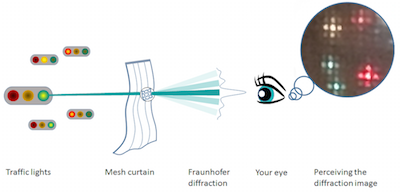
How to Implement the Fourier Transformation in COMSOL Multiphysics
See how to Fourier transform the electromagnetic field amplitude at the lens entrance in COMSOL Multiphysics® with a Fraunhofer diffraction example.

Comparing Two Interfaces for High-Frequency Modeling
When it comes to high-frequency electromagnetics modeling, which interface is better? We compare the Electromagnetic Waves, Frequency Domain and Electromagnetic Waves, Beam Envelopes interfaces.
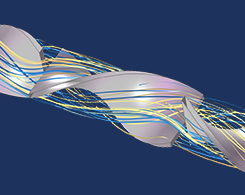
Part 2: Simulation App Design Tips to Enhance User Workflow
We go over some tips and tricks for designing the user interface of a simulation app to make it more intuitive and efficient for the app’s users. Part 2 of a 2-part series.
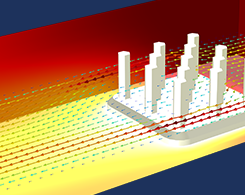
Part 1: Tips to Improve Simulation App Design and Structure
Here are some Application Builder guidelines that will help you create simulation apps with a clear, streamlined design and structure. Part 1 of a 2-part series.
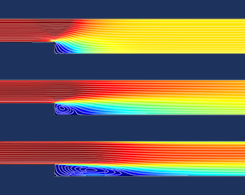
Plotting the Algebraic Residual to Study Model Convergence
Learn how to use the residual operator to plot the algebraic residual of your model, as well as visualize and understand the convergence properties of turbulent flow simulations.
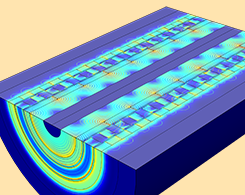
Modeling Magnetic Gears in COMSOL Multiphysics®
Learn how to simulate magnetic gears in 2D and 3D using COMSOL Multiphysics® in this comprehensive, step-by-step blog post.

How to Simulate a Holographic Page Data Storage System
As a follow-up to our blog post on modeling bit-by-bit holographic data storage, we demonstrate how to simulate a holographic page data storage system. Part 2 of 2.
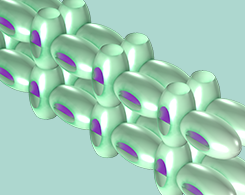
Li-Ion Battery: Heterogeneous Alternative to the Newman Model
When analyzing lithium-ion battery designs, is it better to use the Newman model or a detailed, heterogeneous geometric model? Find out in this comprehensive blog post…
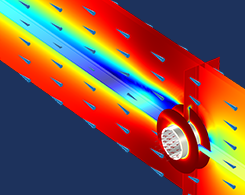
Evaluate Characteristics of a Periodic Finned Pipe with an App
We go over how to model a finned pipe setup in COMSOL Multiphysics®, as well as how to transform the model into a user-friendly simulation app.
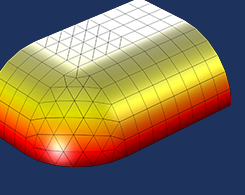
Exporting Meshes and Solutions Using the Application Builder
You can easily export mesh and analysis data from COMSOL Multiphysics® into a text file. How? Using the Application Builder. We show you how here.
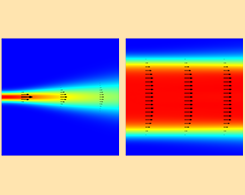
Simulating Holographic Data Storage in COMSOL Multiphysics
Get a demonstration of how to use COMSOL Multiphysics® to simulate holograms in a wide spectrum of optical and numerical techniques. Part 1 of a 2-part series.

How to Create Outstanding Sound Performance in Vehicles
Just because you’re in a car, doesn’t mean the sound quality should be subpar. A guest blogger demonstrates how to use acoustics simulation to optimize sound performance in vehicles.
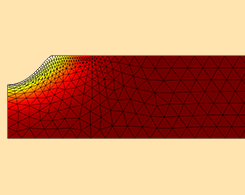
Modeling Thermal Ablation for Material Removal
When certain materials are heated to a certain point, they go directly from the solid to the gas phase in a process called ablation. Learn how to model the thermal ablation process here.
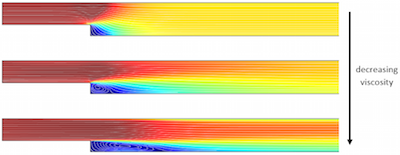
Viscosity Ramping Improves the Convergence of CFD Models
Viscosity ramping can help decrease the computation time for your models by solving for higher viscosities and using the solutions as initial conditions for the problem at lower viscosities.
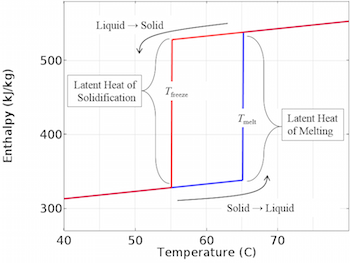
Thermal Modeling of Phase-Change Materials with Hysteresis
Hysteresis occurs when the melting temperature of a material is different from the solidification temperature. We demonstrate the thermal modeling of such a material here.
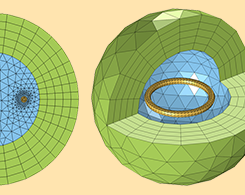
How to Choose Between Boundary Conditions for Coil Modeling
3 approaches for truncating a domain when modeling an EM coil in free space: the Magnetic Insulation and Perfect Magnetic Conductor boundary conditions as well as the infinite element domain.
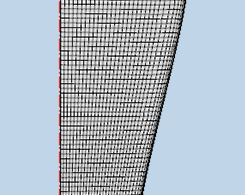
Model How the Bubbles in a Glass of Stout Beer Sink, Not Rise
Ever notice how the bubbles in certain kinds of stout beer sink to the bottom of the glass instead of rising to the top? We explain this phenomenon using fluid flow simulation.

Modeling the Thermal Curing Process
Polymerization of a thermoset resin is one example of thermal curing, a process in which temperature-induced chemical change occurs in a material.

Accessing External Material Models for Magnetic Simulations
Get a demonstration of how access external material models for EM simulations with a hysteresis example. Plus, get an overview of the available functionality for modeling ferromagnetic materials.

Designing an App to Analyze Stress in a Pressure Vessel
Learn how to use the Application Builder in COMSOL Multiphysics® to create an efficient and accurate design workflow, using an example of a pressure vessel design app.
